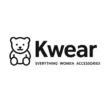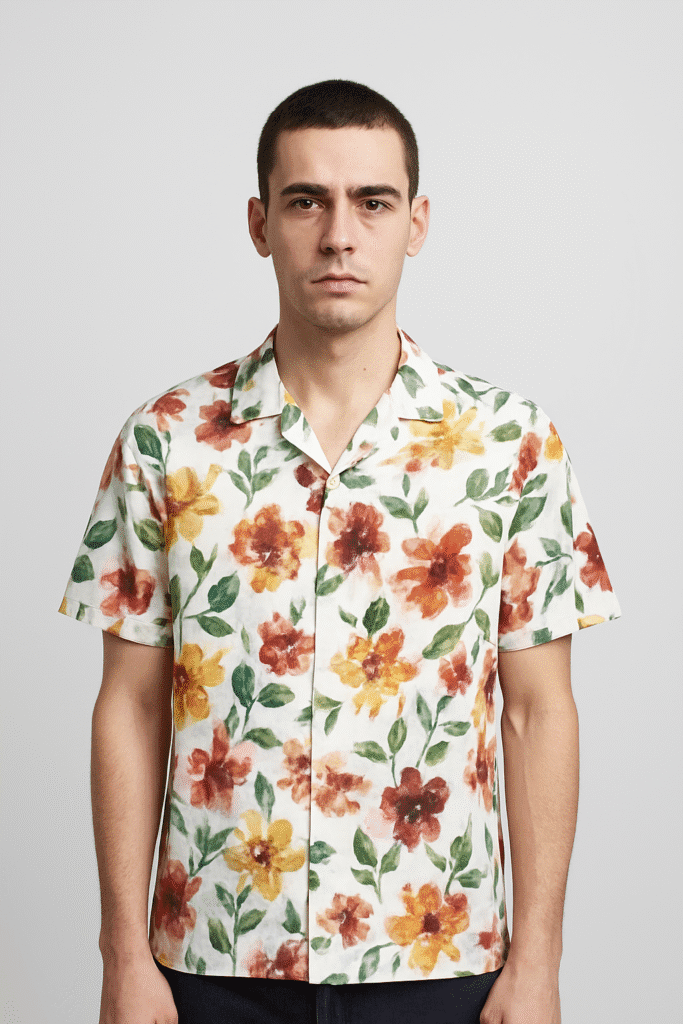When the name Shein makes headlines, it’s usually tied to affordability, viral TikTok hauls, or criticism over sustainability. But in September 2025, Shein found itself at the center of an unusual—and disturbing—controversy.
A men’s shirt listed on Shein’s website appeared to feature the likeness of Luigi Mangione, a man accused of murdering UnitedHealthcare CEO Brian Thompson. Within hours of going viral, the listing was removed, but not before sparking widespread outrage.
This story isn’t just about one shirt. It’s about the intersection of fast fashion, artificial intelligence, consumer trust, and ethics in the digital age.
1. What Happened? The Shirt That Sparked a Firestorm
- The product was a short-sleeved floral men’s shirt, priced at under $12.
- The model in the image looked strikingly similar to Luigi Mangione, whose face has been widely circulated in the news.
- Social media users quickly flagged the resemblance, sharing screenshots that went viral.
- Within hours, Shein pulled the listing and issued a public response.
For Shein, a brand already fighting a reputation battle, this incident poured fuel on the fire.
2. Who Is Luigi Mangione?
Luigi Mangione, 27, became infamous in December 2024 after being charged with the murder of UnitedHealthcare CEO Brian Thompson.
- Prosecutors claim Mangione fatally shot Thompson in a targeted attack.
- He has pleaded not guilty and is awaiting trial.
- The case is high-profile, with prosecutors seeking the death penalty.
Adding complexity, Mangione has developed a small but vocal “dark fandom” online. Across TikTok and Reddit, some users bizarrely romanticize him as an anti-hero.
This is why Shein’s listing caused such outrage—any product resembling Mangione risks feeding into that unhealthy fandom.
3. AI or Real Photo? The Image Question
Was the model really Mangione? Experts say: probably not.
Generative AI specialist Henry Ajder noted several signs that the shirt’s product photo was AI-generated or manipulated:
- Uneven lighting between the face and shirt.
- Distorted fabric patterns.
- Slightly warped body proportions.
Facial recognition tools, however, did match the face with Mangione at 99.9% confidence.
This reveals a dangerous flaw in AI use: models generated by algorithms can accidentally mimic real people.
4. Shein’s Official Response
Shein moved quickly to contain the fallout. The company said:
- The image was uploaded by a third-party vendor.
- The listing was removed immediately when flagged.
- An internal investigation is underway.
- Shein is working to strengthen monitoring and vendor oversight.
This aligns with Shein’s marketplace structure—where sellers can upload thousands of listings daily with limited pre-approval. But it also highlights why quality control failures keep damaging the brand’s reputation.
5. Why the Backlash Was So Strong
Several factors fueled the public outrage:
- Crime Connection: Mangione is accused of a brutal, high-profile murder.
- Dark Fandom Fears: The shirt risked being seen as merchandise for his online fanbase.
- Shein’s Track Record: With past scandals, many assumed negligence, not an isolated mistake.
- Trust Gap: Consumers already distrust AI-generated content and cheap fast fashion imagery.
In short, the shirt wasn’t just offensive—it was symbolic of deeper problems.
6. AI in Fashion: The Double-Edged Sword
AI-generated imagery is increasingly common in fashion retail, especially in fast fashion.
Why Brands Use AI:
- Cost savings: No need for real photographers or models.
- Speed: Thousands of images can be created daily.
- Scalability: Perfect for marketplaces with massive product catalogs.
Risks of AI:
- Uncanny resemblances to real people.
- Anatomical flaws (hands, shoulders, facial distortions).
- Lack of transparency—shoppers often don’t know they’re looking at AI images.
This Shein incident shows what happens when AI is used recklessly: technology outpaces ethics.
7. Shein’s History of Scandals
This controversy didn’t appear in a vacuum. Shein has a long list of missteps:
- Swastika necklaces sold in 2020.
- Prayer mats marketed as rugs, sparking religious outrage.
- Allegations of toxic chemicals in clothing.
- Multiple lawsuits for stealing designs from independent creators.
The Mangione shirt now joins this list, reinforcing Shein’s reputation as a brand where speed trumps responsibility.
8. Public Reactions: Outrage and Disbelief
Social media exploded with criticism:
- Some called the shirt “diabolical” and “the last straw” for Shein.
- Others mocked the company’s nonexistent quality control.
- Many vowed to boycott the brand altogether.
For a company eyeing a multi-billion-dollar IPO, this kind of reputational damage is more than embarrassing—it’s financially risky.
9. Marketplace Responsibility: Who’s to Blame?
One key question remains: who’s responsible for this mistake?
- The vendor? They uploaded the image.
- Shein? It profited from the listing.
- AI developers? Their tools generated the likeness.
From a consumer standpoint, accountability lies with Shein. Shoppers don’t see the vendor—they see the platform. That’s why public anger zeroed in on Shein, not its suppliers.
10. The Bigger Picture: Ethics in Fast Fashion
The Shein shirt scandal reveals broader truths about the fast fashion industry:
- Speed Over Safety: Prioritizing speed leads to mistakes with real consequences.
- AI Without Regulation: Fashion is rushing into AI without clear ethical guidelines.
- Trust at Risk: Shoppers already skeptical of fast fashion now doubt whether images are even real.
- Regulatory Pressure: Governments in the US, UK, and EU are already considering stricter rules for Shein and similar retailers.
The shirt isn’t just one bad listing—it’s a case study in systemic flaws.
11. What Shein Needs to Do Next
If Shein wants to repair its image, it must:
- Develop AI detection tools to prevent likeness misuse.
- Add manual review teams for vendor-uploaded images.
- Be transparent when AI is used in product photos.
- Commit to ethical reforms before regulators step in.
12. Lessons for Shoppers
Consumers also hold power in shaping the industry. Here’s what shoppers can do:
- Research before buying. Cheap isn’t always ethical.
- Support sustainable fashion brands.
- Be aware that AI-generated images are common in e-commerce.
- Hold brands accountable by speaking out.
FAQs
Q1: Did Shein intentionally use Luigi Mangione’s photo?
No. The image was likely AI-generated or altered but bore a striking resemblance.
Q2: Why was this offensive?
Mangione is accused of murder. Using his likeness—even by accident—risks glamorizing a crime suspect.
Q3: How did Shein respond?
They removed the listing, blamed a vendor, and promised stricter monitoring.
Q4: Is AI common in fashion retail?
Yes. Many cheap fashion sites rely heavily on AI images to cut costs.
Q5: Will Shein face consequences?
Possibly reputational and regulatory. It adds pressure at a time when Shein is preparing for a high-profile IPO.
Conclusion
The Shein shirt scandal isn’t just a strange news story—it’s a warning. It shows how AI, fast fashion, and weak oversight can collide in ways that are both unethical and damaging.
For Shein, it’s another blow to its already fragile image. For consumers, it’s a reminder that what we see online isn’t always what it seems. And for the fashion industry, it’s proof that the rush to adopt AI must come with serious ethical guardrails.
Europe’s Top Fashion Trends in 2025: Vintage, Plus-Size, Eco-Friendly & Seasonal Styles

